11 Groceries to Buy Now Before Prices Jump Again Next Week
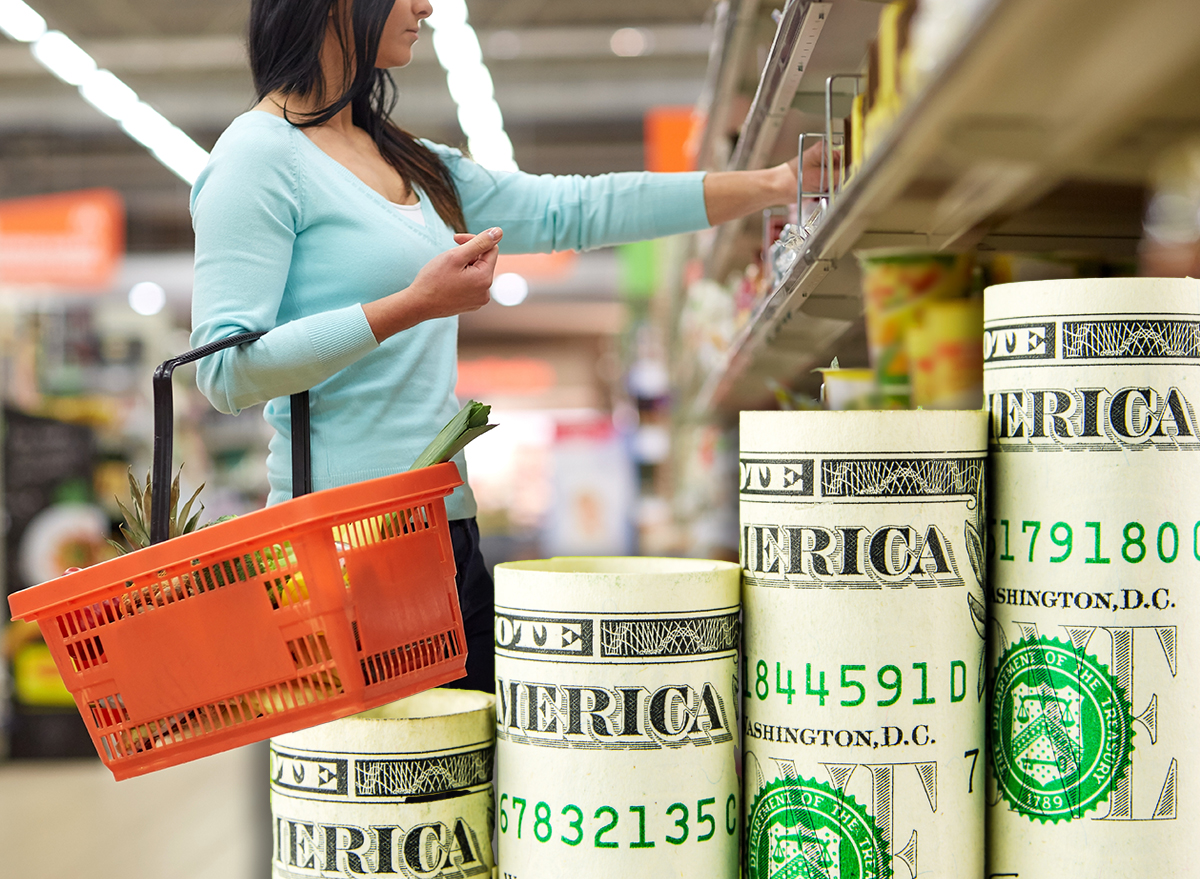
President Trump announced a surprise 90-day pause on many new reciprocal tariffs this week—but the pause does not apply to China, which is now facing an even steeper tariff of 125%, up from the originally planned 104%. Tariffs are also still hitting imports from other Asian countries, including Vietnam, Taiwan, and South Korea. What does this mean for consumers? Grocery prices will likely increase—and some hikes could happen as soon as next week. While certain items like soy sauce and rice are clearly imported from Asia, others—like packaging materials or pet treats—are less obvious. Here are 11 grocery staples to stock up on now before the next price jump hits.
Frozen Tilapia and Cod
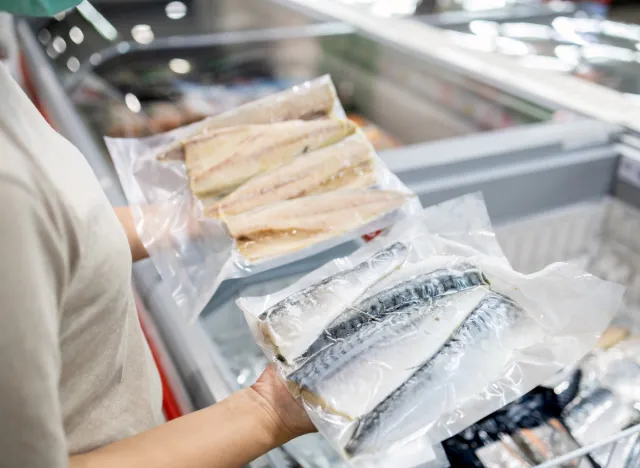
While many fish are sourced domestically, low-cost seafood regularly comes from China. Frozen Tilapia and cod are regularly farm-raised and processed in the Asian country. With a 104% tariff, fish fillets and nuggets could become significantly more expensive soon.
Canned Mushrooms
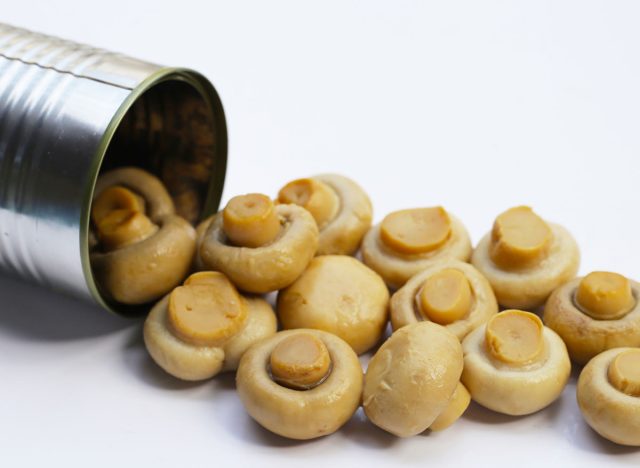
Most fresh mushrooms are grown in the United States. However, China supplies the bulk of canned mushrooms that you find on the shelves of the grocery store. With the surge in importing taxes, prices will likely spike.
Garlic
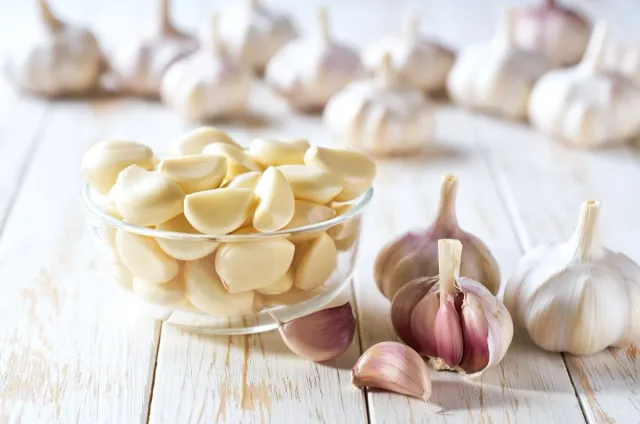
While many think California is the garlic capital, most garlic on American shelves comes from China. Due to the tariff pressures, the price of garlic could dramatically spike.
Instant Ramen and Noodle Cups
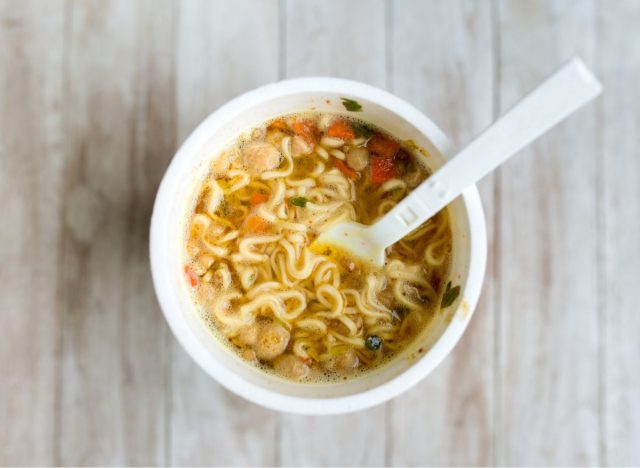
Ramen and Asian noodle cups are wildly popular in the United States. Costco even has a whole section devoted to the delivery. Most Asian-style noodles are produced in China or Vietnam—both now facing steep tariffs—so prices will likely increase.
Soy Sauce and Rice Vinegar
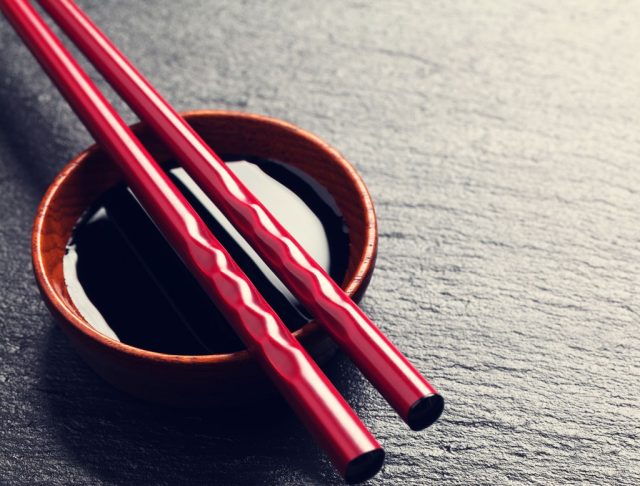
Soy sauce and rice vinegar are just two of many condiments that are sourced from Asia. Some are made in China, while others rely on Chinese ingredients. Either way, expect prices to go up.
Snack Foods With MSG or Citric Acid

MSG, monosodium glutamate, is a flavor enhancer used in many foods, while citric acid is another common preservative. Both additives are regularly sourced from China, so your favorite snacks might increase prices.
Hard Candies and Lollipops

Many bulk candies are made in China or rely on Chinese factories for manufacturing. The tariffs might unsweeten the deal, and the price of hard candy and lollipops could increase.
Canned Fruits and Pickled Vegetables
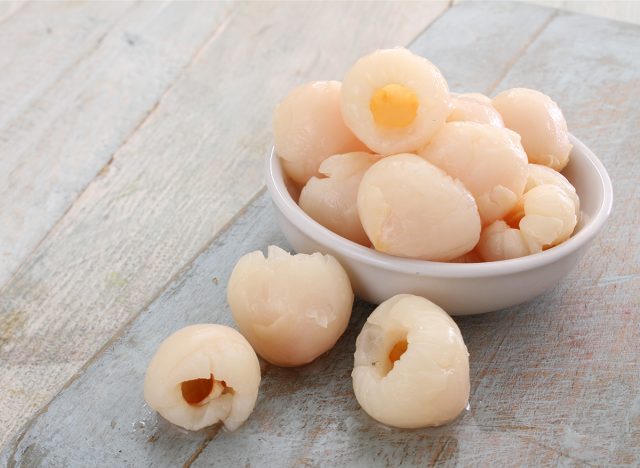
Canned lychees and pickled radish are mostly imported from Asia. The tariffs will likely cause an increase in the prices of these niche foods.
Green Tea and Herbal Infusions
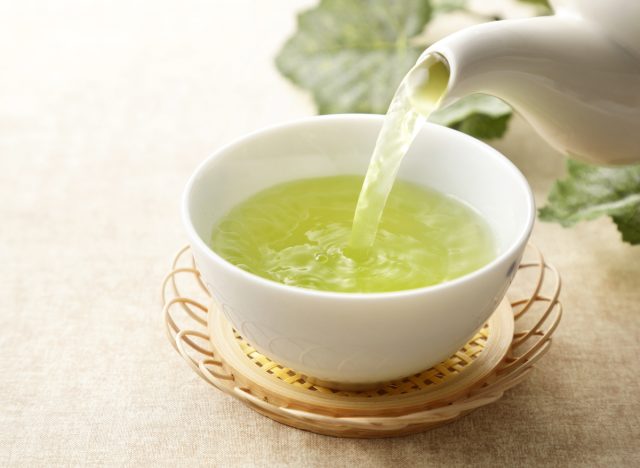
Lots of tea comes from Asian countries, primarily green and Jasmine blends. Since China and Taiwan are both targeted by tariffs, budget tea bags might not actually be in the budget anymore.
Pet Treats and Chews

You might not know this, but your dog's treats and rawhide chews likely are made in China. So, you might notice your pet store bill going up dramatically.
Plastic-Wrapped Packaged Meals and Canned Foods in General
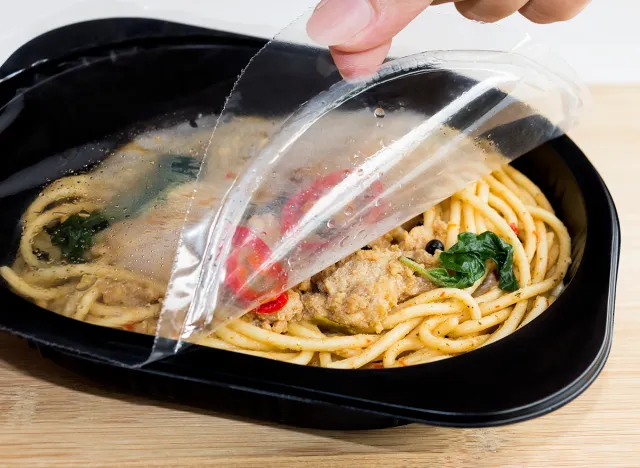
Even if food is made in the U.S., packaging components like plastic film, containers, and even the cans' metal often come from tariffed nations like China and South Korea. This means that almost any food sold in packaging could increase in price.









